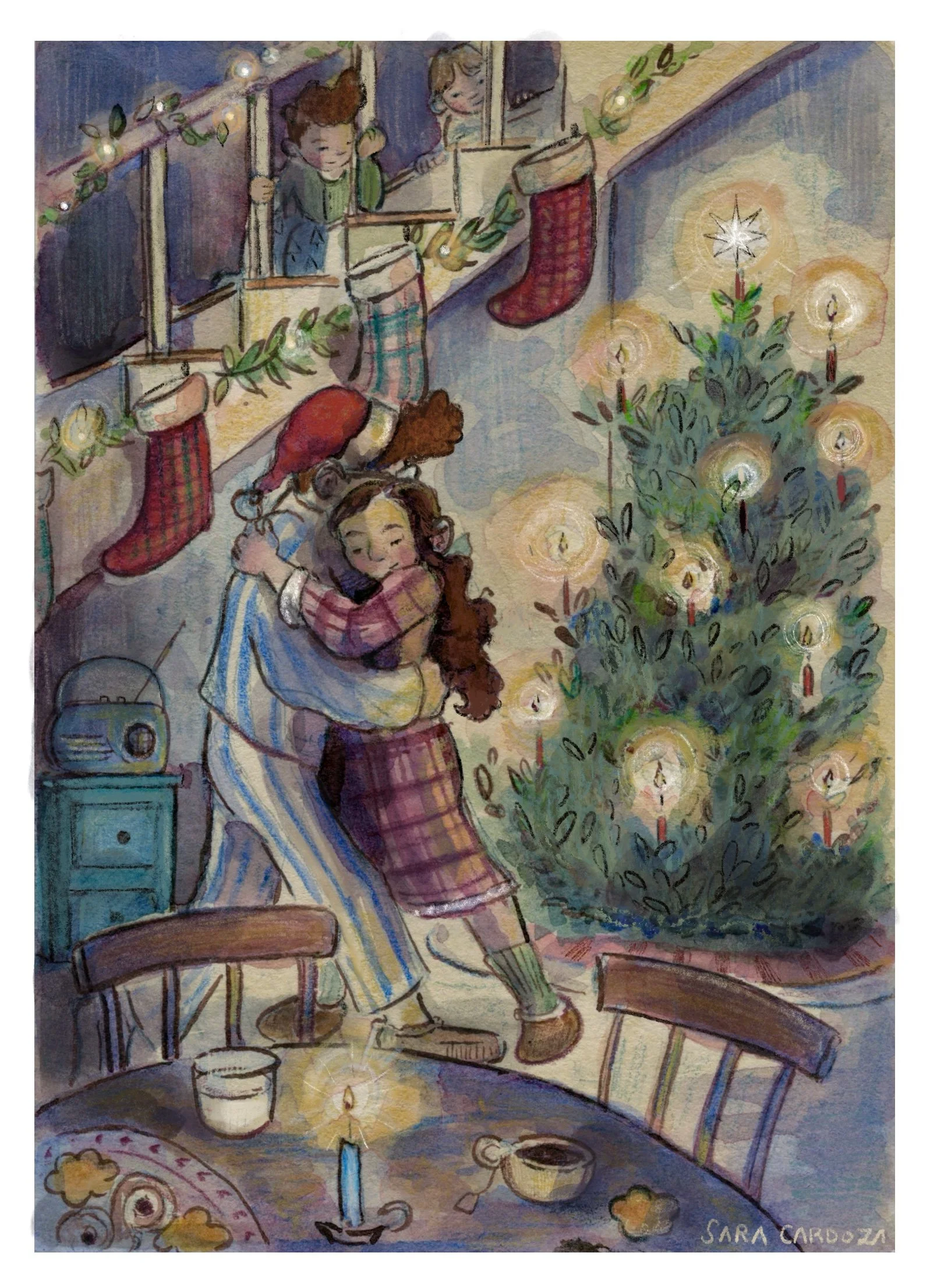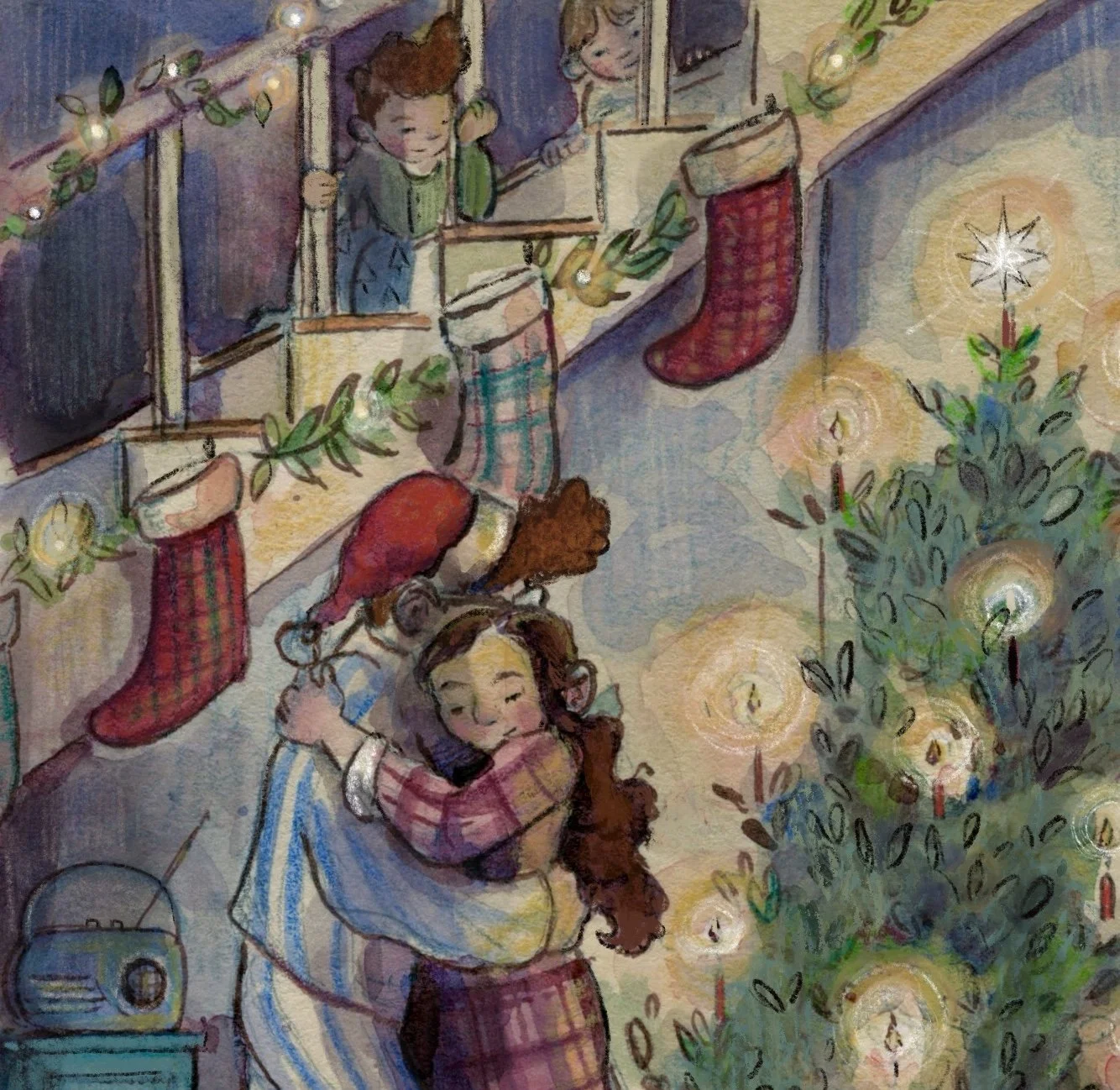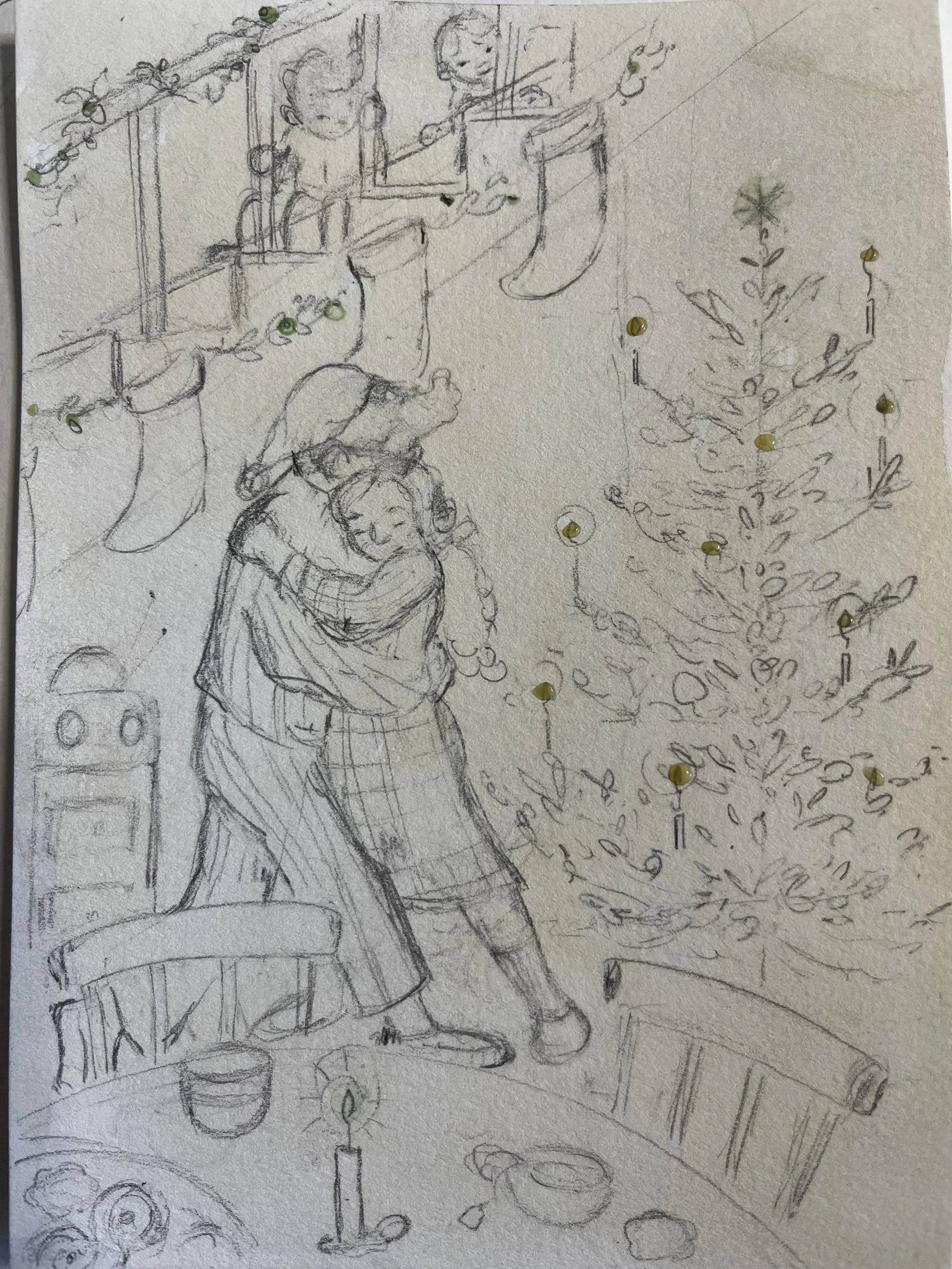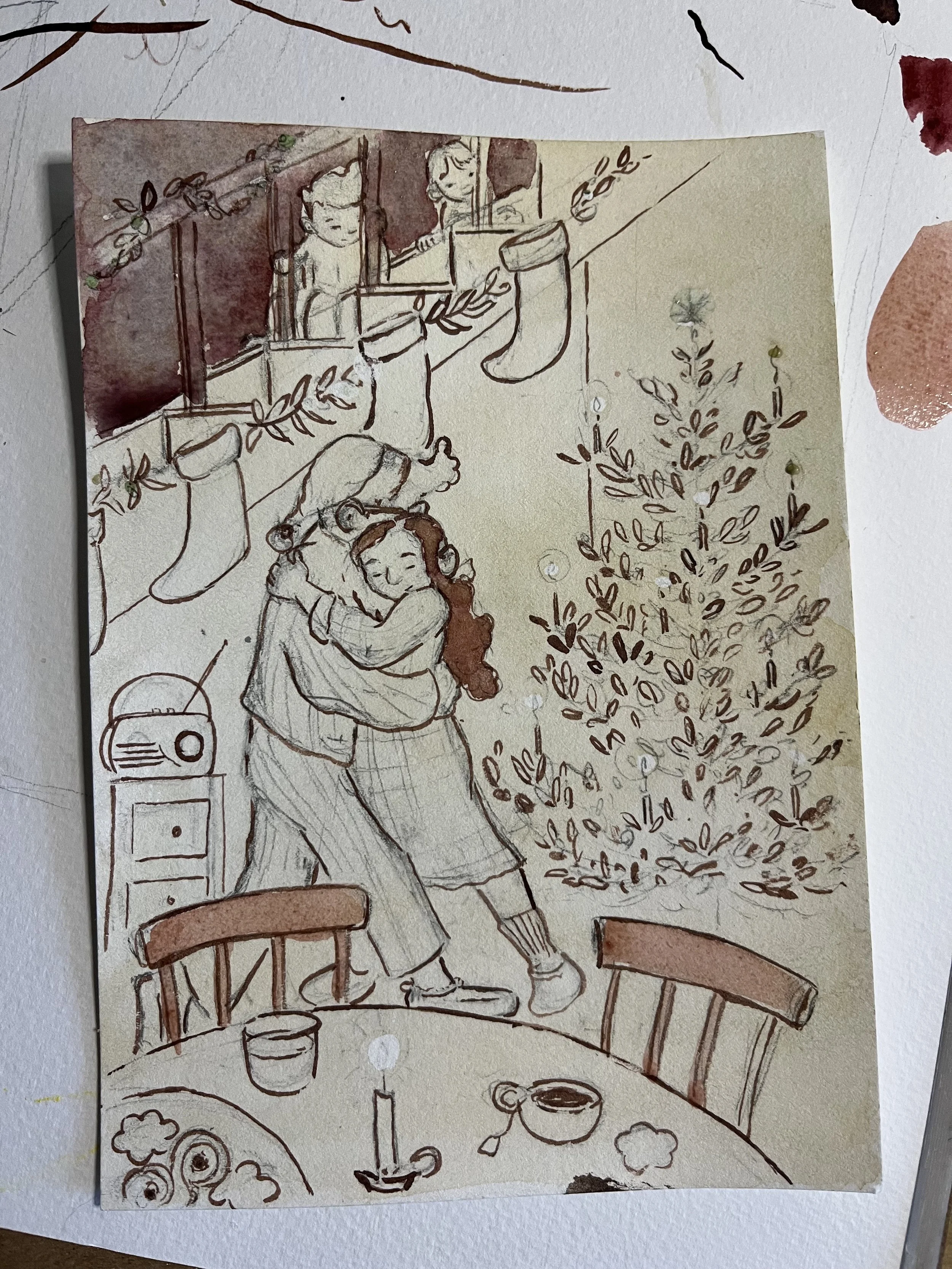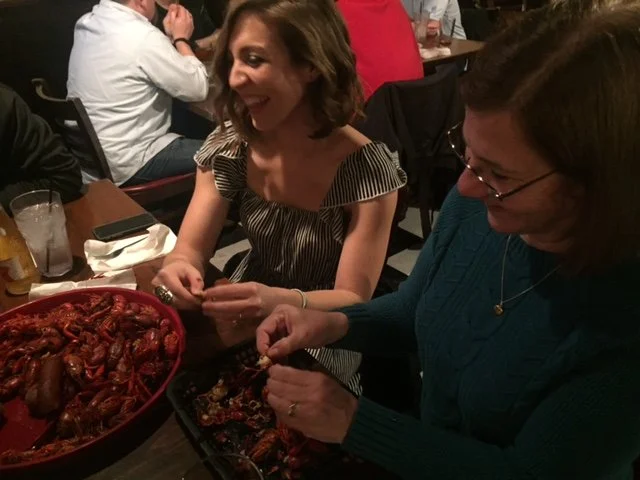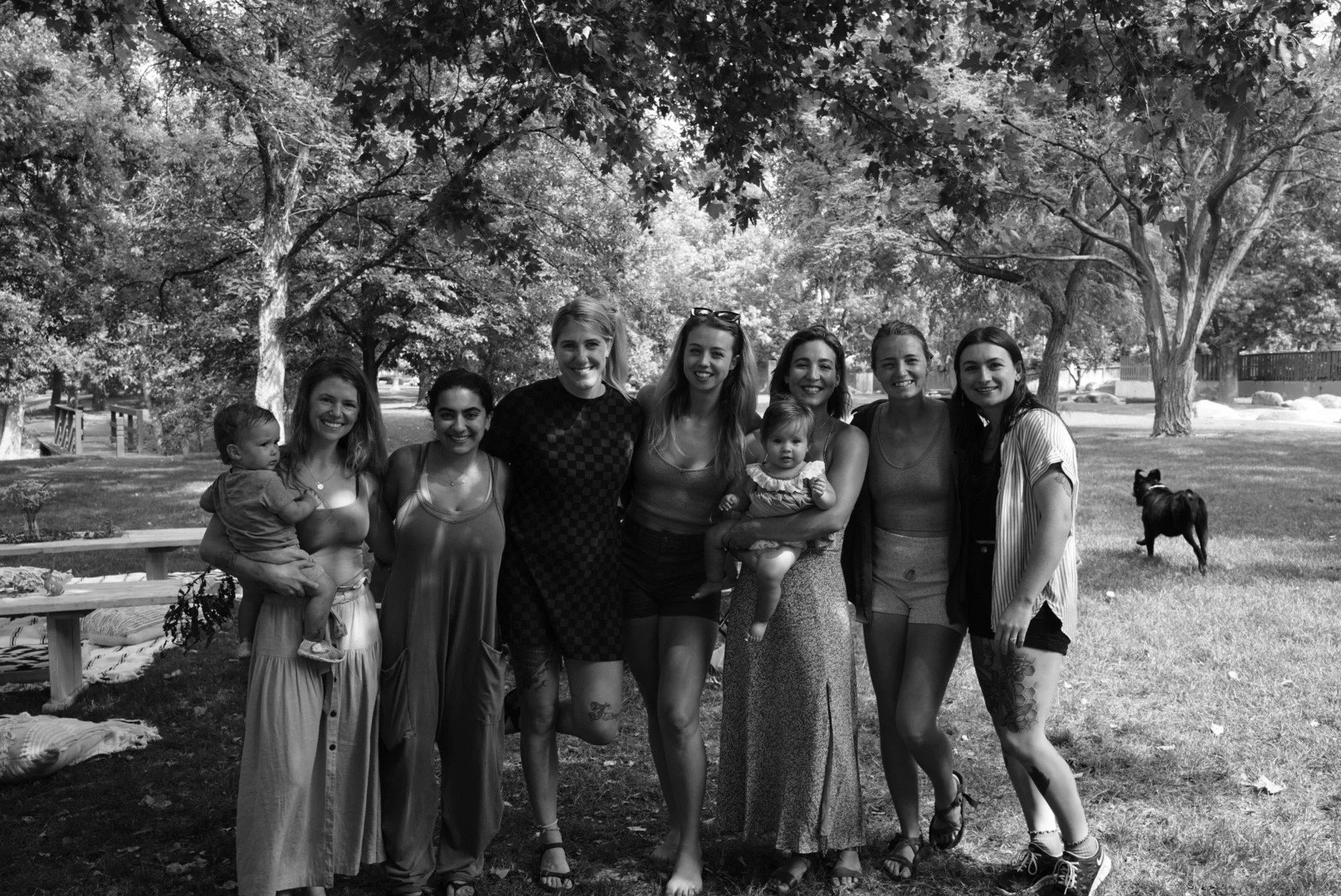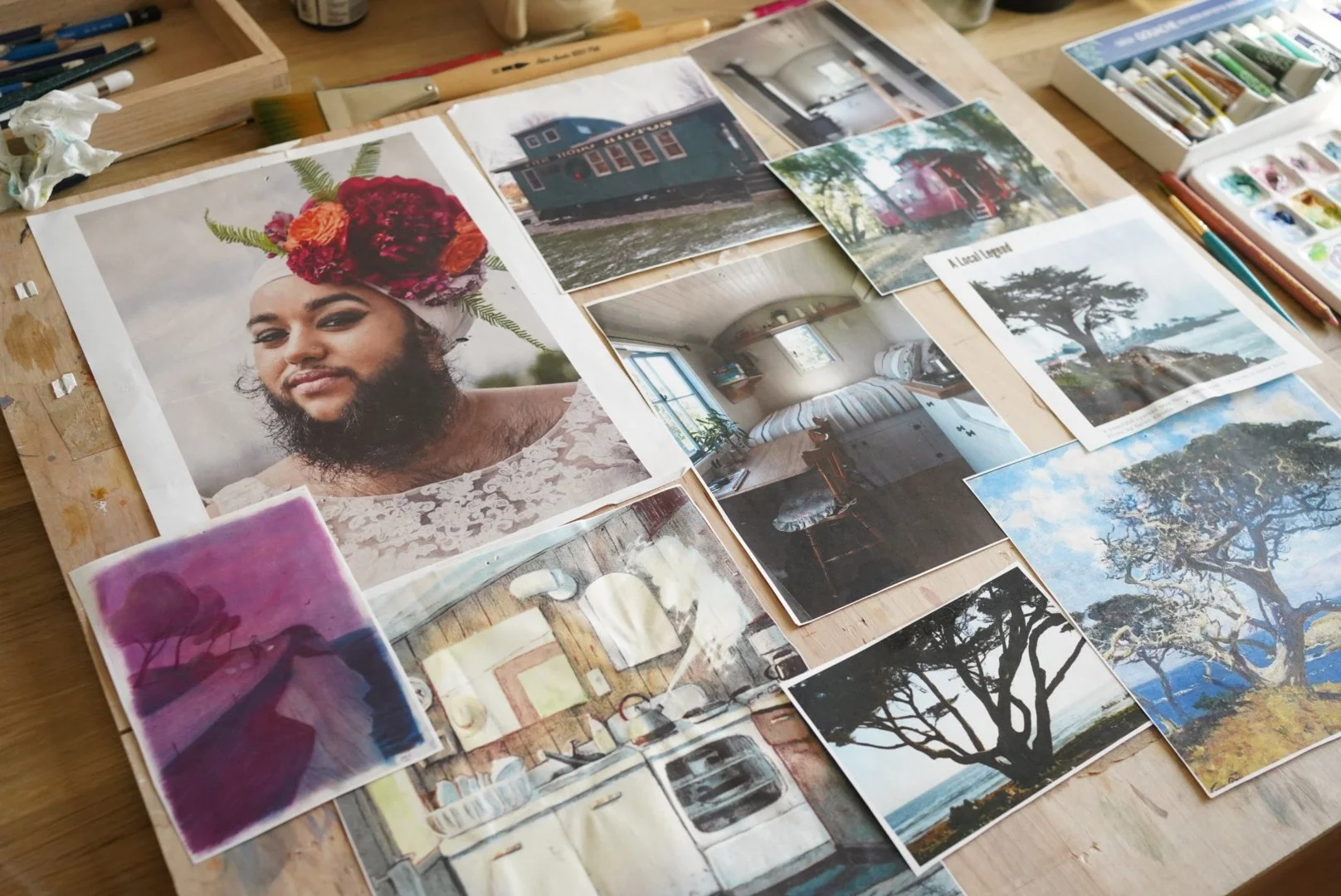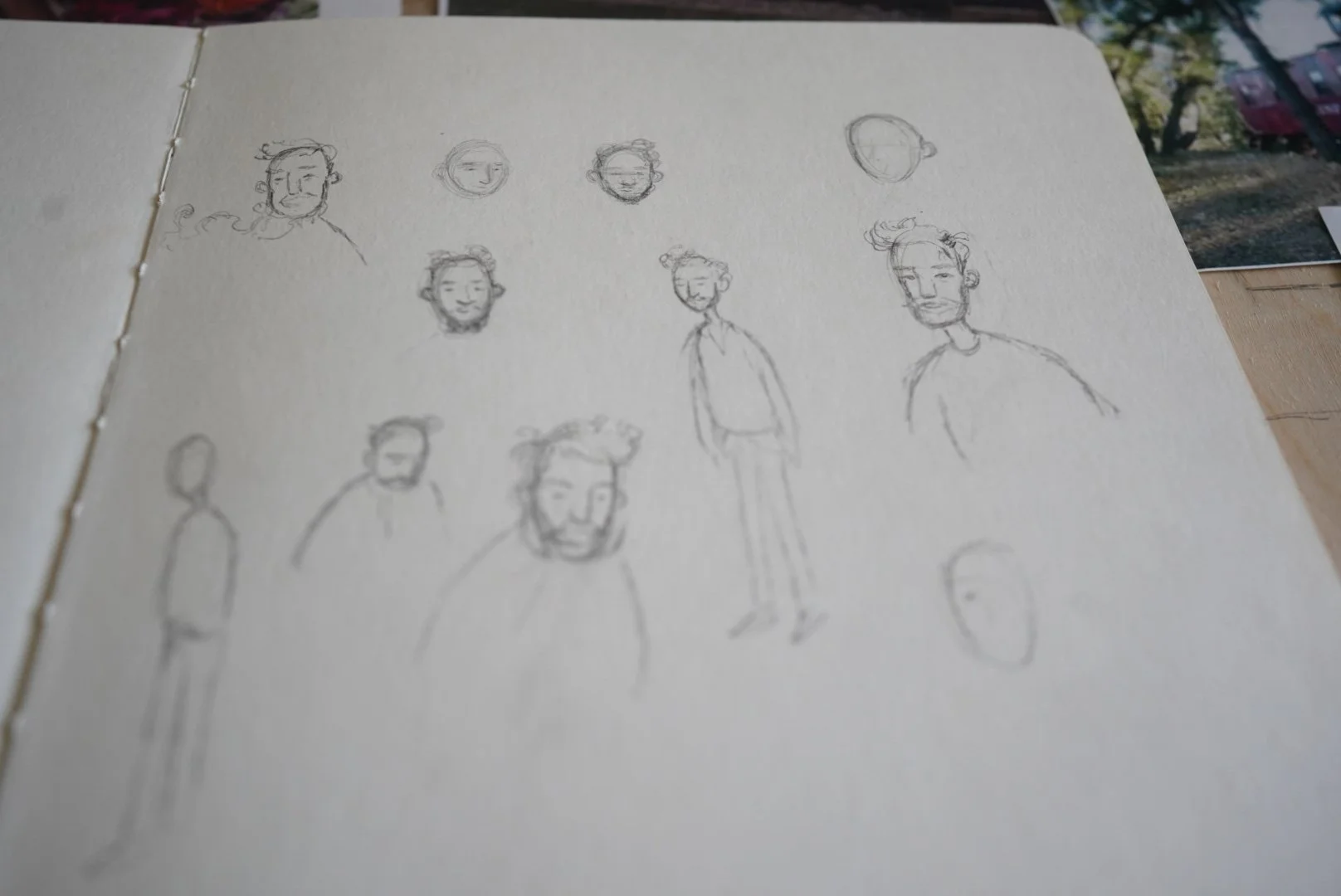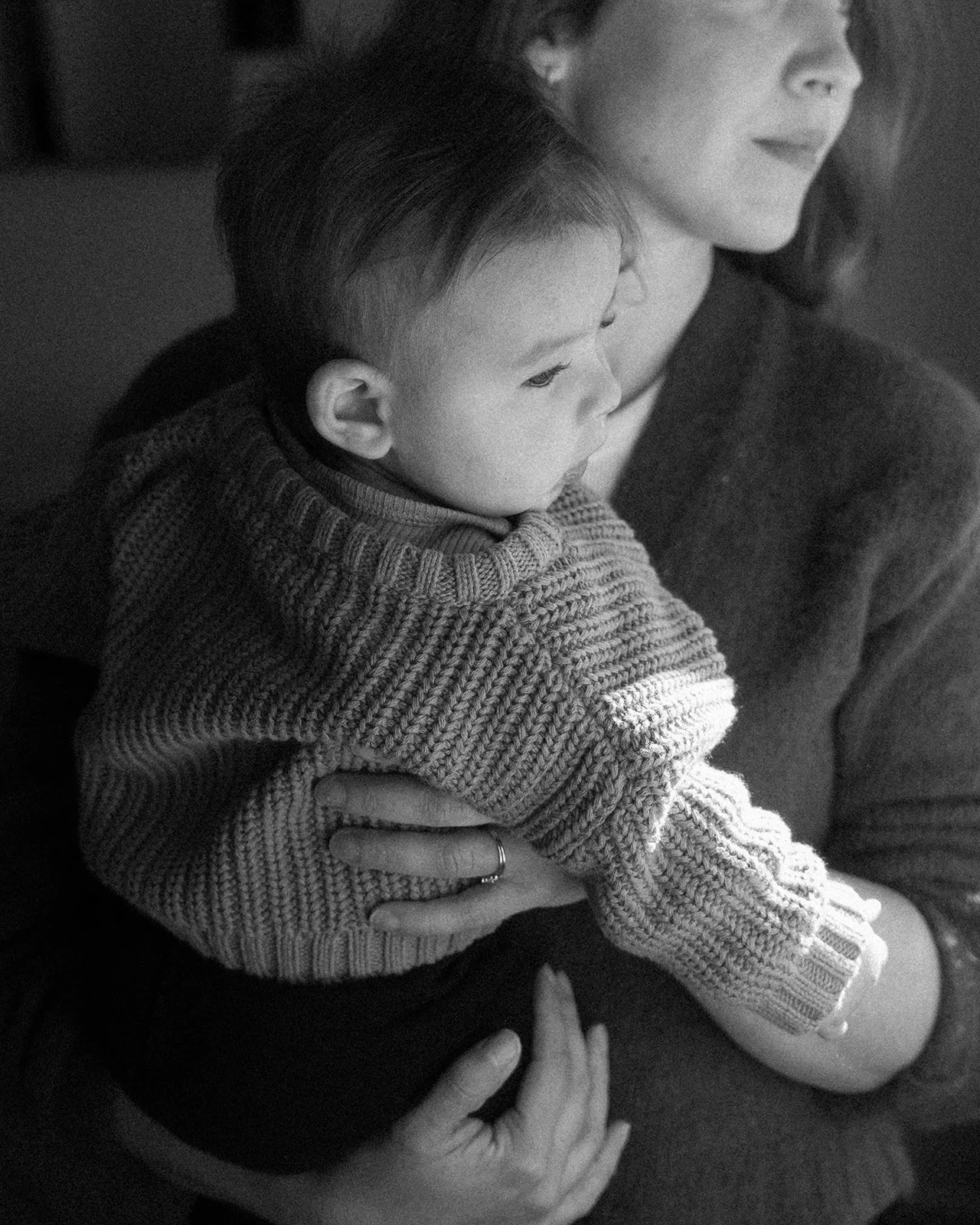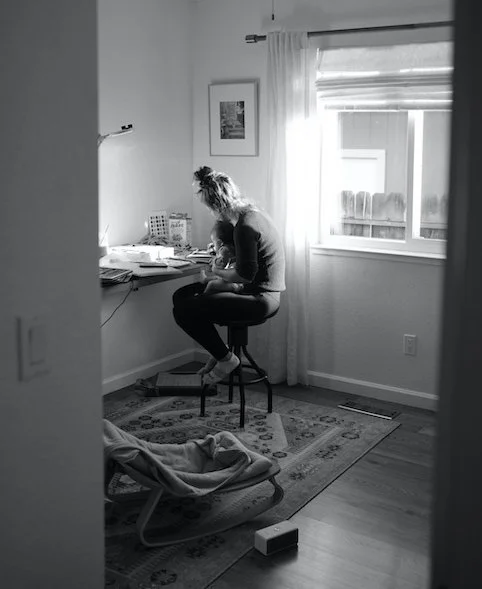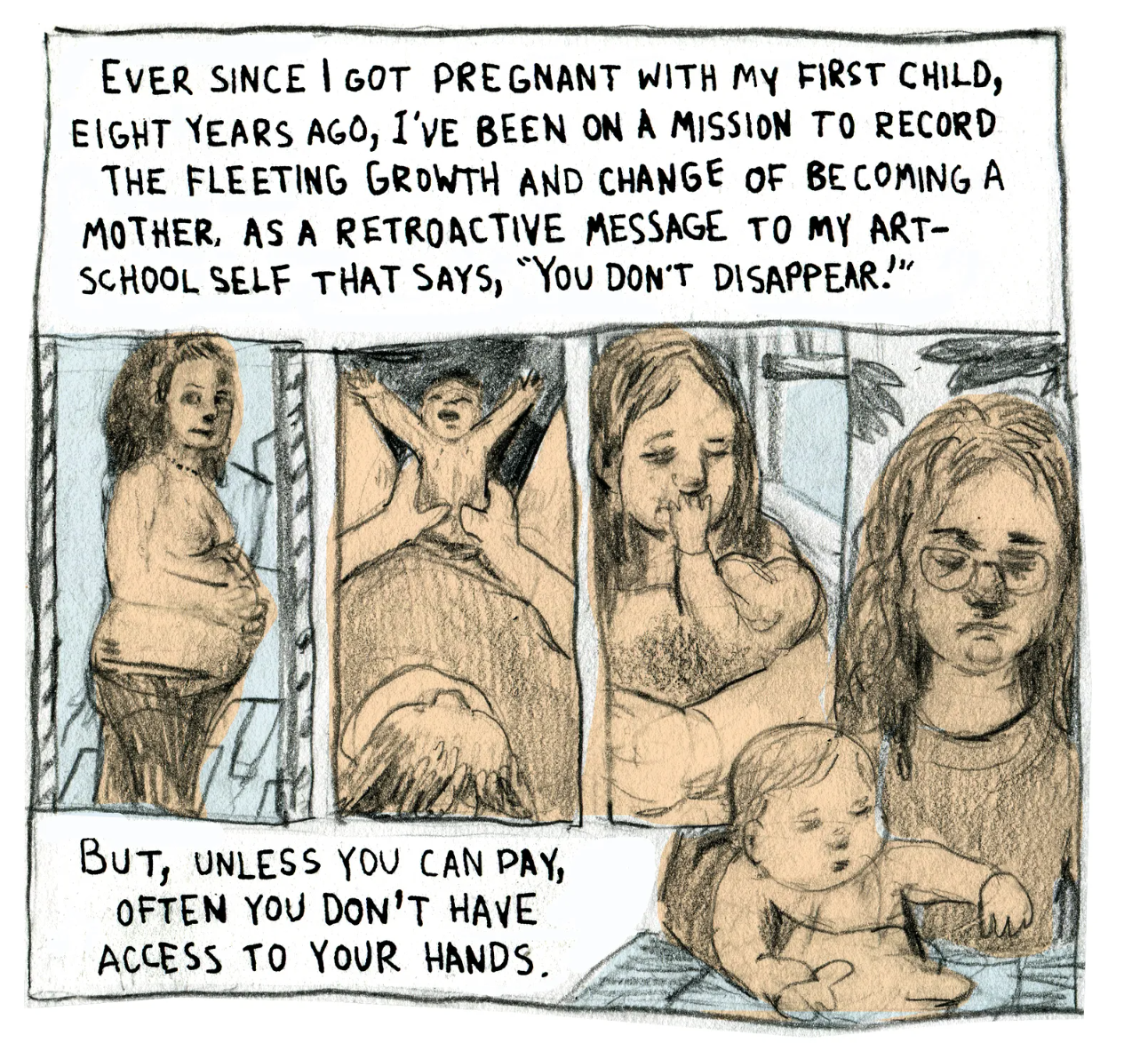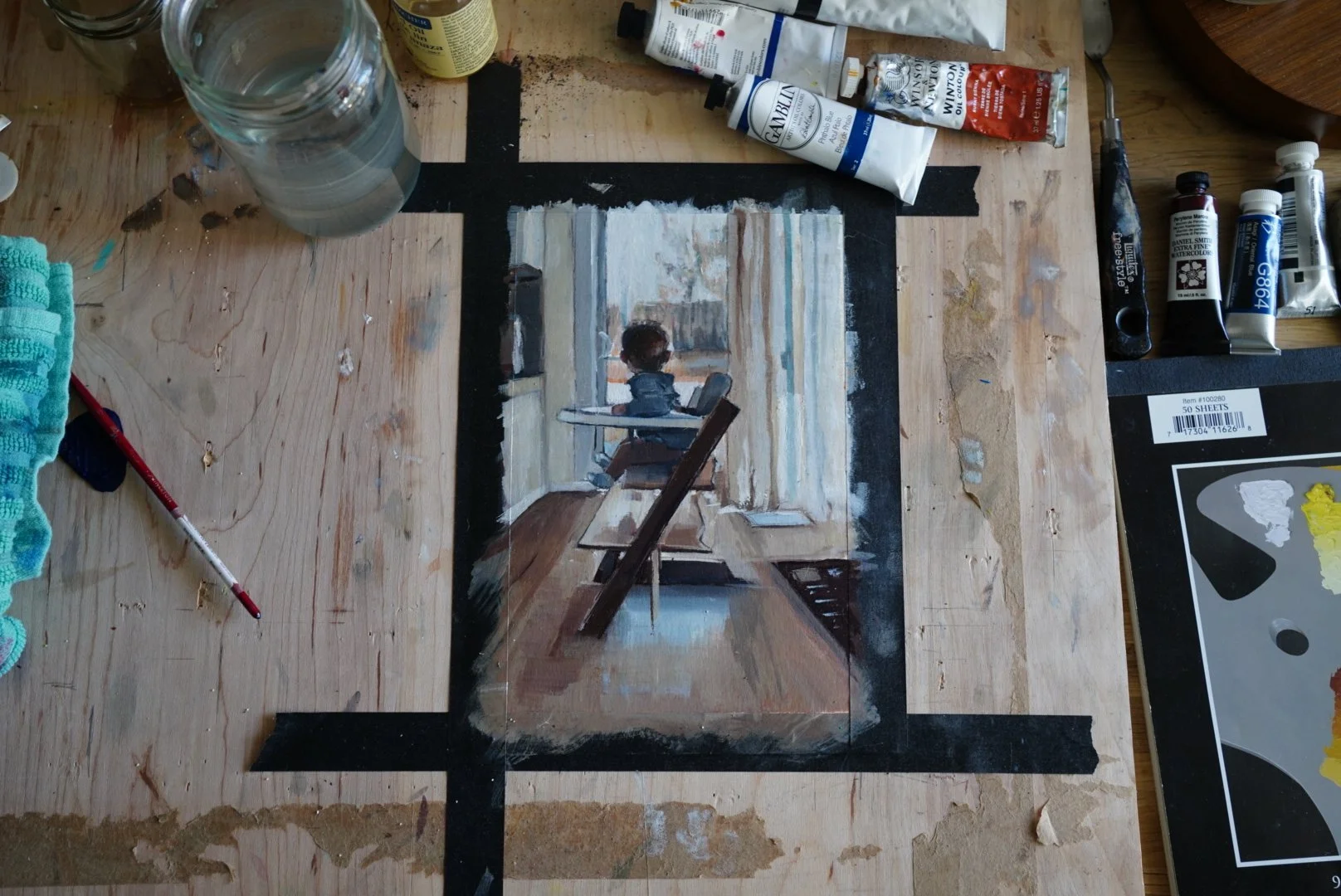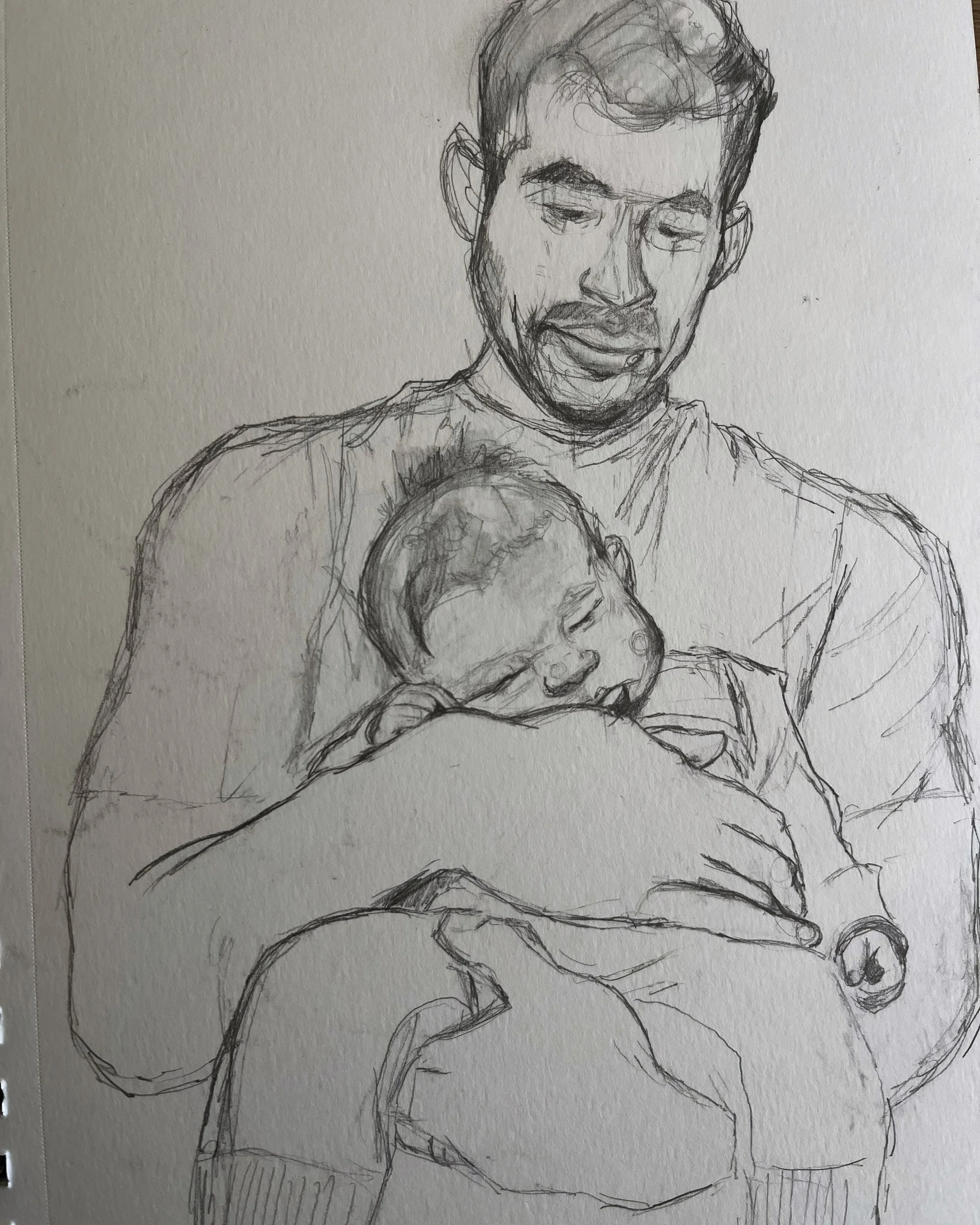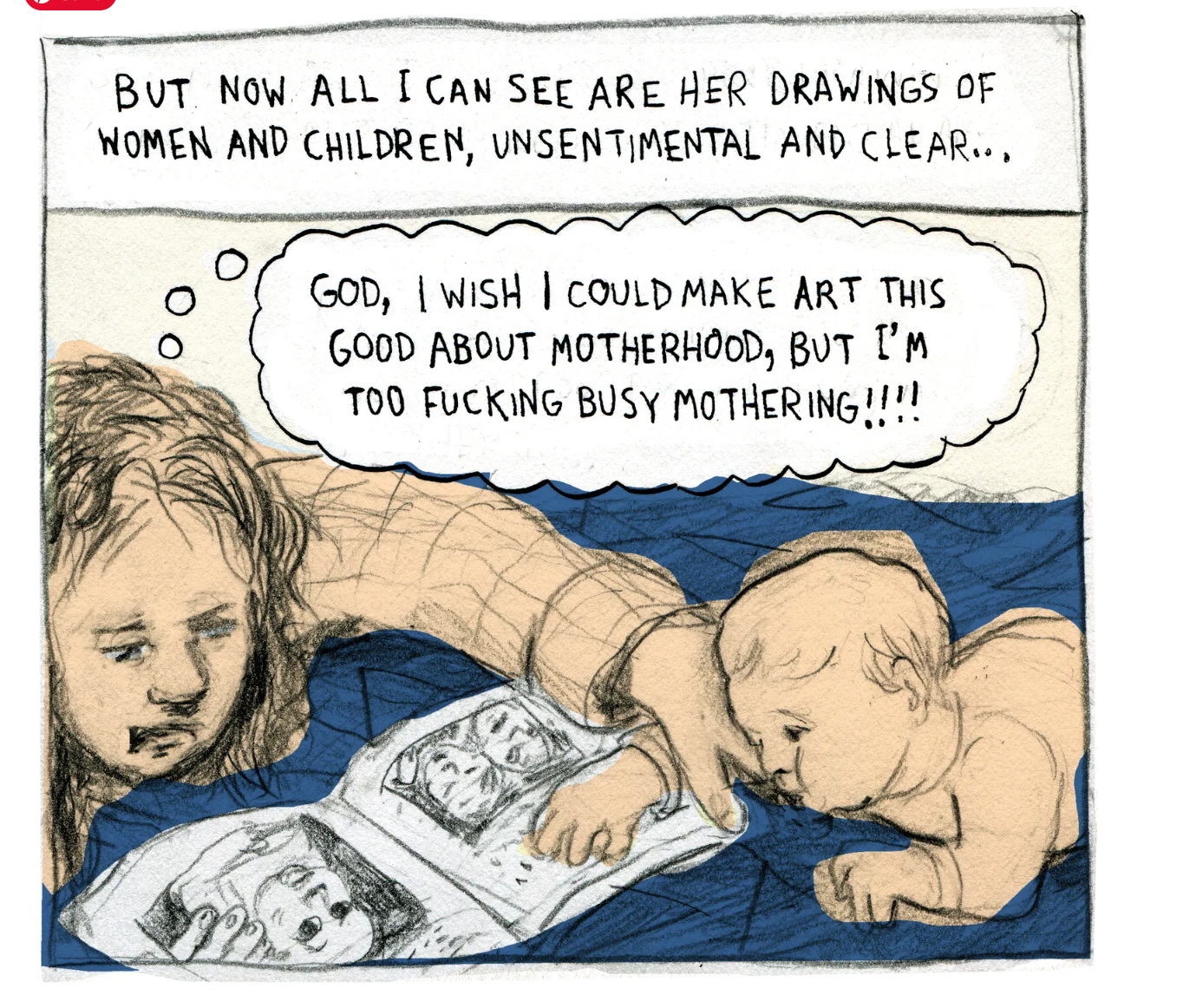The elderly couple were walking on the beach. They were walking very fast, stopping now and then to scan the horizon. The woman was wearing green galoshes and a canvas jacket pulled up around short, grey curls. The man was wearing a worn railroad cap which he kept taking off and on, and then off again. The woman paused again, shaded her face with her hand and looked out at the water. Her brow was furrowed.
The beach was littered with bits of tree branches and trash. There was a deflated, brownish float which may have once been a pink flamingo. There was also an oar and a handful of dead fish. The old woman continued to frantically survey the beach.
Her son, his wife, and their new grand baby should have arrived the night before, but then that terrible storm had kicked up out of nowhere. It was vicious. She’d thought the little train car they lived in might blow right over the cliff and into the sea. The woman couldn’t stand the thought of her son and his family out on the water in such horrible conditions.
The amount of rubbish washed up on the beach was unbelievable. The storm seemed to have churned up everything from the guts of the sea – everything except any sign of their son’s boat. The pit in the old woman’s own stomach was beginning to deepen. Suddenly, she felt her husband grab hold of her arm.
“Petra –”
“What is it, Joe?” she asked. “Do you see something?” Her husband pointed a gnarled finger down the beach.
“Is that some kind of dog?” he asked. Her eyesight wasn’t very good, but it was certainly better than her husband’s. Up ahead, in the sand, something moved. The woman squinted. Then her eyes went wide with surprise.
There, lying on the sand just a few hundred feet away was not a dog, but a very large... turtle? It really was very big. It looked to be about the size of a 10-gallon ice chest... although whatever it was, it did seem a bit lumpy there in the back. Then she realized there was something resting on top of it. Something a bit orange and pink...
“Oh my god!” Petra screamed. The old couple began to run, each tripping and falling, first one, and then the other. They hobbled in the sand until they reached the great animal (which, by the way, was a tortoise, not a turtle) with its stony legs trenched deep in the sand. On the tortoise’s dappled shell, sleeping soundly in the sun, was baby Karl. The old couple knew immediately it was their grandson. Apart from his red hair every bit of his sweet, sleeping face was a carbon copy of his father’s.
Miraculously there wasn’t a scratch on him. In fact, there was absolutely nothing too worrisome or remarkable about baby Karl in any way --- well, except for one surprising quality. One strange, yet marvelous quality... a terribly fantastic quality (if I do say so myself). On his tiny, rounded chin, there was a coppery little glint. In the little train car on the cliff his grandmother lightly grazed her thumb over the shimmery spot as she held him in her arms.
“Look, Joe,” she whispered, “he has a little beard.”


